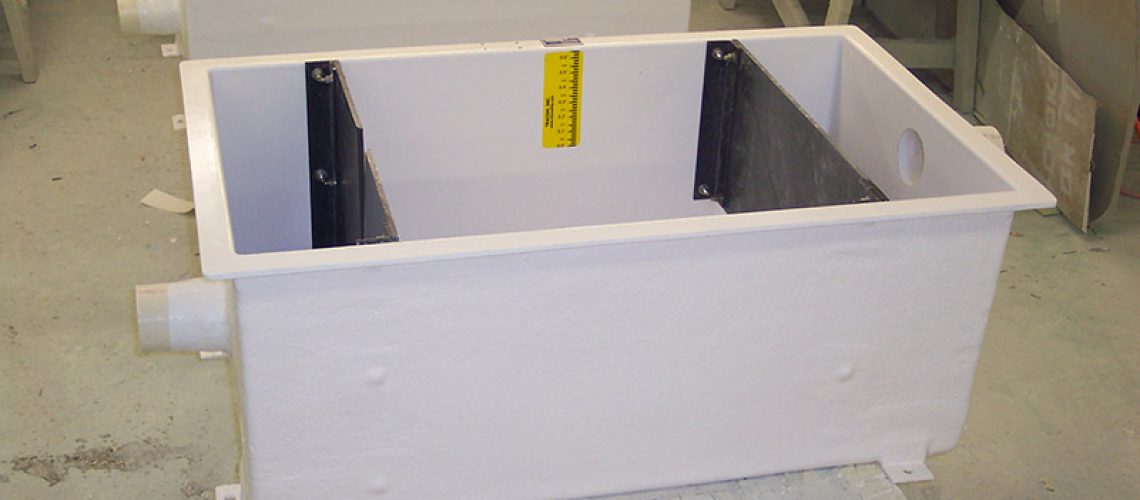Weir boxes can be an incredibly accurate way to measure flow rate, but they only work if you’re getting the right measurements. If you’re going to use a weir box effectively, you’ll need to know the correct point of measurement and some of the common measurement problems to avoid. Learn how to read the level in a weir, and discover how you can ensure that your measurements are as accurate as possible.
Finding the Point of Measurement
The first step is to find the correct point of measurement. In a weir, this point is actually upstream of the crest rather than the crest itself. This is because the surface of the flow has a bit of a drawdown as it approaches the crest. To ensure that drawdown isn’t interfering with your measurements, you’ll need to measure upstream at a distance of about three to five times the maximum head of the flow.
Setting the Zero Gauge
Having a meter to read doesn’t help much if that meter doesn’t give the right measurements. To ensure that it’s placed correctly, you’ll have to make sure the zero is in the right place. For weirs, the zero level is the point of the crest of the weir. The crest itself, in turn, needs to be set at least two times the maximum anticipated head above the floor of the weir box. Setting the zero gauges to the channel floor will not work.
Deducting Crest Height
The zero point for the measurement gauge is the crest point, so theoretically, one could simply put the zero gauge at the floor of the channel then subtract the level of the crest. Unfortunately, it’s not quite that easy. The crest of the weir can settle or shift, but that’s a problem regardless of where the measurement gauge is. More importantly, sediment could accumulate on the weir floor, changing the elevation. Ensuring that the zero point is aligned with the crest is an essential aspect of installation and ongoing maintenance.
Measuring at the Face
If you install the gauge at the face of the weir, you’ll have the same problem as you would when putting the gauge on the side too close to the crest. The face is often even worse for accuracy because it’s the part of the weir in which the decrease in the water surface level due to the crest is at its greatest. Any installation with the gauge at the face won’t be able to offer that +/-2% accuracy at best. At worst, your measurements will be entirely useless with no way to reconcile the degree of error.
Finding the Submergence Point
If you’re dealing with a submerged weir, you also have to consider the downstream head. Unfortunately, finding this is not as simple as the fixed point of measurement. The downstream head has to be measured generally 6 to 10 feet past the weir crest downstream. Using these two points, you can determine the actual zero gauge with a submergence ratio included.
Weirs From Tracom
Now that you know how to read the level in a weir box, it’s time to get one of your own. That’s where Tracom is happy to help. Our team will work with you to craft a custom fiberglass weir that will fit your individual flow channel conditions.
Contact us today to get started.



